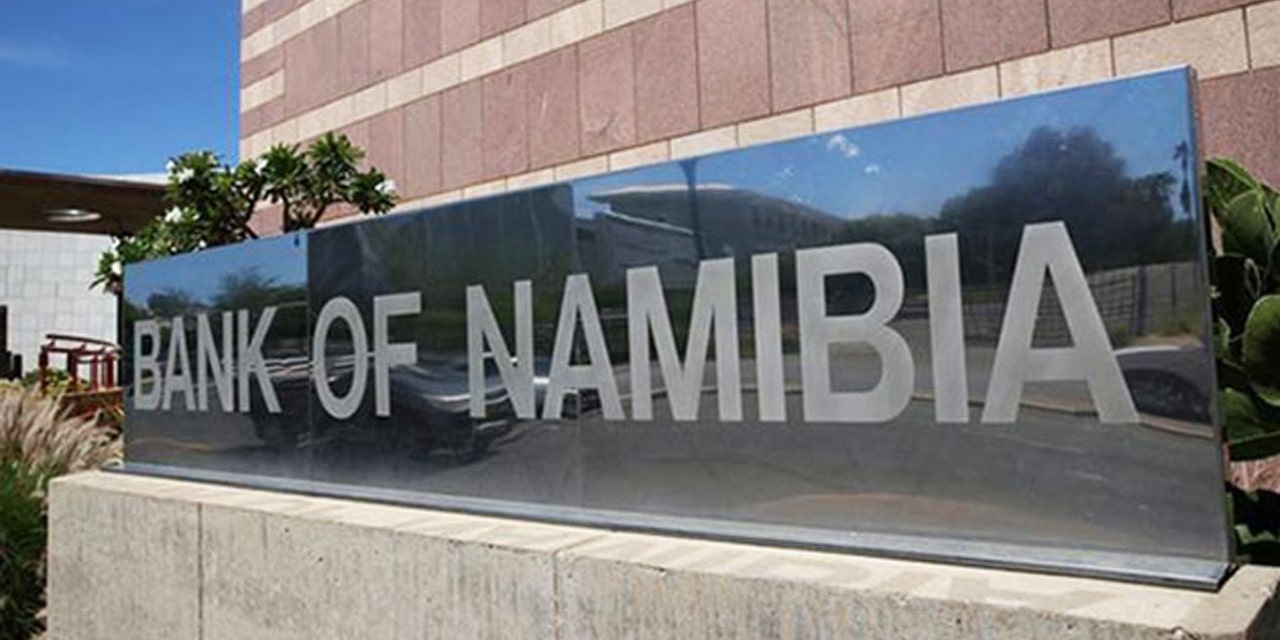Chamwe Kaira
The Bank of Namibia (BoN) is expected to maintain the repo rate at 6.75% at its next Monetary Policy Committee (MPC) meeting on Wednesday.
“However, we do believe there is one more rate cut of 25 bps in the pipeline before the end of 2025, balancing stable inflation with the need to support economic growth,” said Almandro Jansen of Simonis Storm Securities.
Jansen said Namibia’s inflation outlook remains stable but with risks tilted upward.
“While the food and transport categories will continue to shape near-term trends, the persistence of service-driven inflation suggests that price stability may become more challenging to maintain as the economy gains momentum into 2026,” he said.
Namibia’s headline inflation rose slightly to 3.5% in September from 3.2% in August, marking the first increase in four months.
“Although inflation remains comfortably in the Bank of Namibia’s 3–6% watch level, this uptick signals a turning point in the disinflationary cycle that began in late 2023,” said Jansen.
The increase was mainly driven by transport inflation at +1.3%, its first positive contribution since March, and persistent price growth in housing, water, electricity, gas, and other fuels, which rose by 3.6%.
“Meanwhile, food inflation moderated marginally to 4.9%, supported by improved regional crop outlooks and a stronger local currency. However, the reprieve in food prices may be temporary, as upside risks remain tied to weather variability, import costs, and global food market volatility,” he said.
Core inflation held steady at 3.6%, slightly above headline inflation, showing that domestic price pressures remain firm, particularly in services and housing. Goods inflation softened to 3.3%, while services inflation rose to 3.8%, reflecting a gradual shift in inflation toward non-tradable sectors.
Jansen said while inflation remains relatively low, several factors could push prices higher in the last quarter of 2025.
These include geopolitical tensions keeping Brent crude oil prices high, a weaker rand and Namibian dollar exchange rate affecting fuel costs, and rental inflation remaining firm amid limited housing supply and growing urban demand. Municipal and electricity tariffs could also lift costs in 2026.
He said the expiry of AGOA and new U.S. tariffs on South African exports could increase the cost of imported vehicles, machinery, and processed goods.
Jansen added that the IMF projects global inflation to average 6.9% in 2025, with emerging markets at 7.2%, suggesting continued cost pressures in global supply chains.
“Given these dynamics, we expect Namibia’s inflation to average around 3.5% to 3.8% for 2025, gradually edging higher to 3.8%–4.0% by year-end as base effects fade and fuel-related costs normalise,” said Jansen.
Caption
The central bank is expected to maintain the repo rate at 6.75%.




